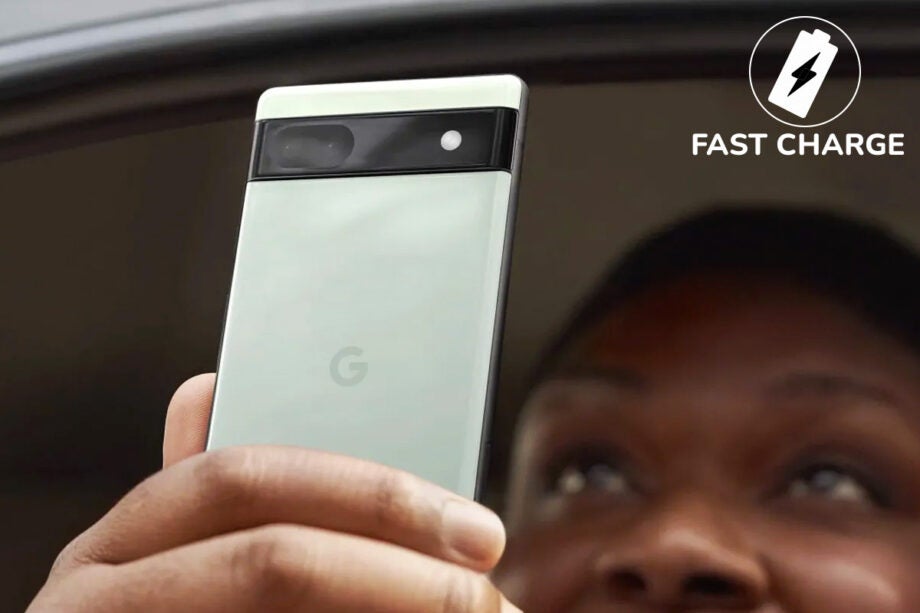Fast Charge: The Pixel 6a rightly looks beyond the camera

OPINION: During a packed I/O showcase where Google teased refreshes to the majority of its hardware, the latest mid-range A series device was announced. And it shows Google wants to move away from having the series focus purely on the camera.
Google has been on an impressive run recently. The Pixel 6 Pro was the most technically advanced entry in the series so far and the last few iterations of the A-series (including both the Pixel 4a and Pixel 5a) have impressed with their attainable price and strong camera.
But the camera was really the only standout reason to plump for one of those phones. Yes, the clean software was nice and the promise of multiple years of updates would appeal to some, but with the ever-improving competition from brands like Realme, Oppo, Xiaomi and others, the cheapest Pixels lacked in other areas.
With the release of the Pixel 6a, this changes. There are no huge camera upgrades here, at least not many that are obvious. The sensors inside the cameras haven’t been updated to match the Pixel 6 and remain the standard fare we’ve seen adorn Google phones since the Pixel 3. Instead, it seems that Google is moving its focus from photography to ensuring the Pixel 6a matches up with its pricier siblings in terms of AI smarts.
The biggest difference between the Pixel 6a and the devices that came before is the switch to a flagship-worthy chipset in the form of Tensor. This was the Google-designed silicon that debuted with the 6 and 6 Pro and it is specifically focused on improving the speed of machine learning and AI skills onboard the phone. As we also found out when we reviewed the Pixel 6 Pro before its release, it offers excellent day-to-day performance and scored well in Trusted Reviews Labs benchmark tests.

Previous A-series phones have tended to use mid-range or low-end Qualcomm chips. These have been capable chips no doubt, but Tensor is far more high-end, feature-rich and gives Google deeper control to add in some clever extras. Magic Eraser, for instance, is a feature that lets you smartly remove photobombers and unwanted visitors from your snaps and is powered by Tensor.
Another element of Tensor, and as a result the Pixel 6a, is the Titan M2 chip and security core. In Google’s own words, this makes the phone more resilient to outside attacks and powers a lot of the phone’s security features.
The skills of Tensor should also actually help the camera performance. So while Google has stuck with the same sensor and hardware tech, the chip’s smarts enable some extra features that simply weren’t available before. The way skin tones are rendered for example, and the accuracy in the portrait blur. As we’ve seen before, these tweaks can only get you so far but it should at least keep the Pixel 6A on par with other best mid-range phones when it comes to photos.
Google’s approach here is not too dissimilar to what we saw with Apple and the iPhone SE 2022. That phone, just like the Pixel 6a uses the same high-end A15 chipset as the brand’s far pricier iPhone 13 Pro Max and instead of altering hardware inside the cameras, it uses the smarts of the chips to improve the software.
While some might bemoan the lack of any real camera advances for the Pixel 6a, I think the decision to make it a more complete all-around phone is the right call and will make this is a more tempting device for more people.



